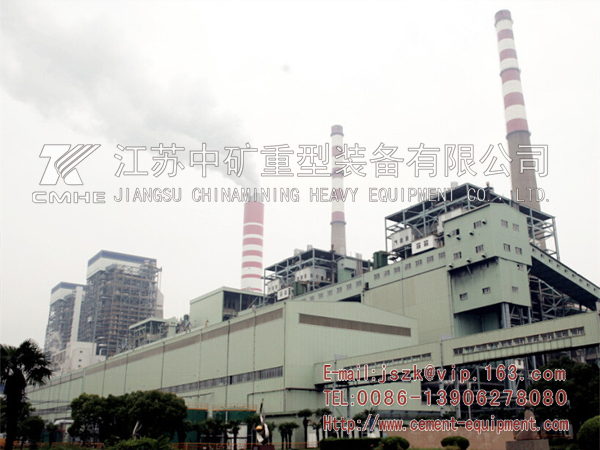A rotary kiln is a rotary calcining kiln used for mechanical, physical or chemical treatment of solid materials.
Structural features of a rotary kiln
The kiln body: Made of rolled and welded steel plates, it is cylindrical and has refractory bricks inside to withstand high temperatures and protect the kiln body.
Support device: It includes support wheels, wheel belts and bearings. The support wheels support the wheel belts, which are sleeved on the kiln body so that the kiln body can rotate stably.

Working principle of rotary kiln
When the rotary kiln is operating normally, the main drive motor transmits power to the open gear device through the main reducer to drive the rotary kiln. The material is fed from the kiln tail (the high-end discharge pipe of the cylinder) into the cylinder of the rotary kiln for calcination. Due to the tilting and slow rotation of the cylinder, the material produces a compound motion that rolls in the circumferential direction and moves in the axial direction (from the high end to the low end). The raw material continues to be decomposed and burned in the kiln, and after the raw material is produced, it is discharged from the bottom of the kiln cylinder and enters the cooler.
The fuel is sprayed into the kiln from the kiln head for combustion. The heat generated heats the raw material and calcines it into clinker. The hot air formed in the process of exchanging with the material enters the kiln tail system from the kiln feed end and is then discharged into the atmosphere through the chimney.
Advantages of rotary kiln
1. During the calcination process of the rotary kiln, the material is in a tumbling state and is heated evenly. The temperature of the combustion device is easy to control, the calcination quality is good, and the activity of the lime product can reach 350-400ml.
2. The calcination process has a high degree of mechanization, the operation process is easy to control, and the production volume is large, which is suitable for the needs of large industries such as metallurgy and smelting.
3. The rotary kiln can calcine raw materials with smaller particle sizes, which can improve the utilization rate of raw materials. Since the raw material particle size is generally 20-50 mm, the product can be directly used for converter steelmaking without crushing.
Conclusion
In short, the rotary kiln is an efficient and high-temperature resistant calcination equipment with reliability and durability, suitable for the processing of a variety of materials. Rotary kiln is widely used in many production industries such as building materials, metallurgy, chemical industry, environmental protection, etc.

